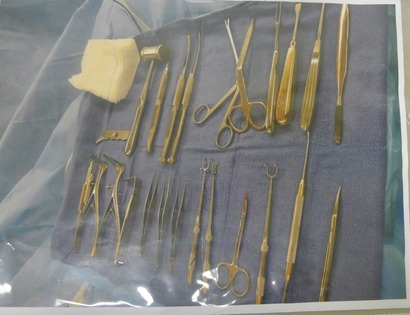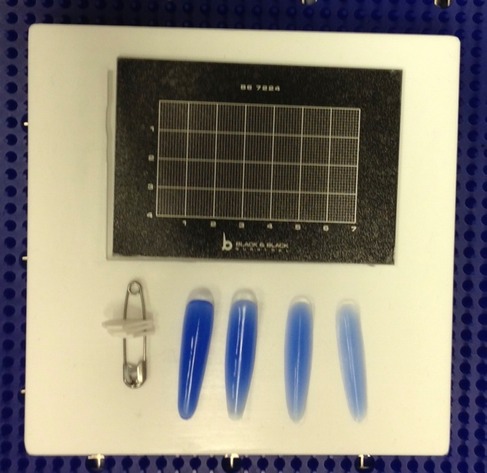Pre-op Meds: Ancef or clindamycin, decadron 8mg
Anesthesia: general
Patient position: supine
Bed position: 90° right side of patient facing towards surgeon left side of patient facing towards anesthesia
DVT ppx: compression boots on and working BEFORE induction of anesthesia
Side Table: prep table includes 10 mL 1% lidocaine 1/100 K epinephrine 27gauge needle, speculum, packing forceps, six nasal pledges soaked in cocaine, scissors
Lights: headlight for surgeon
Power: nine
Bovie Setting: 10 – 10, Colorado tip
Preinjection: done before prepping, see side table
Prep: Betadine
Drapes: four towels and a split sheet
Instrument sets: Tebbets rhinoplasty set, septoplasty set

Special Instruments: carving block, carving grid, graft templates, and dorsal nasal sizers

Devices/Implants: none
Hypodermic needles: 27gauge
Syringes: 10 mL syringe with 1% lidocaine 1/100 K epinephrine
Drains: none
Suture: 5-0 PDS undyed cutting small needle, 6-0 prolene taper, 4-0 plain gut straight needle, 5-0 chromic RB-1
Anesthesia on field: 10 cc 1% lidocaine 1/100 K epinephrine
Dressing: benzoin and half-inch Steri-Strips to be cut by surgeon
Admission status: SDS
Estimated time: two hours
Coding:ICD-9 478.19, 470.0, 905.0 CPT-ask surgeon
Post-op wound care: minimize nose blowing, knees with open mouth, drip pads for bleeding.
Post-op activity restirctions: No vigorous activity for two weeks
Follow up: one week